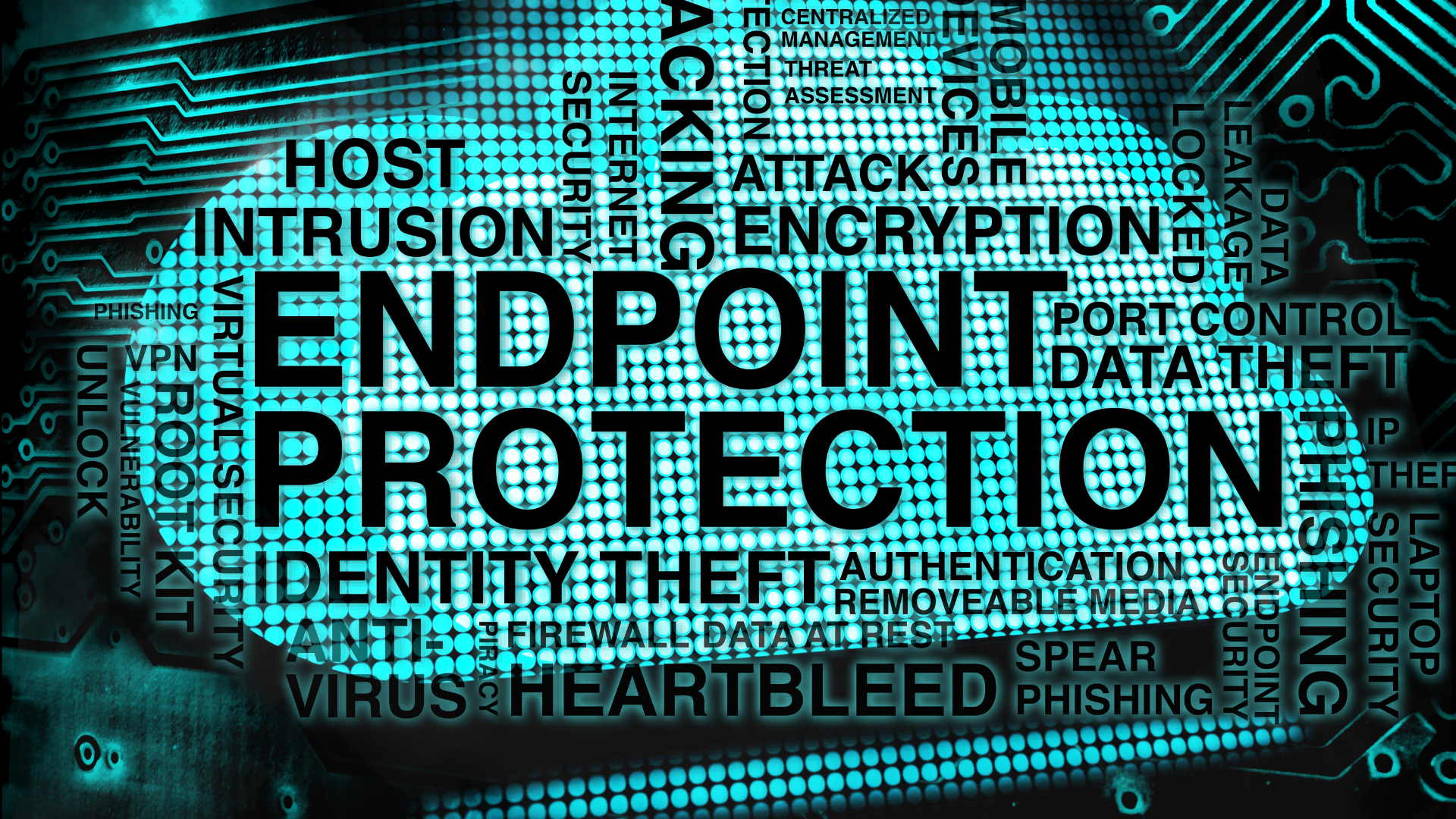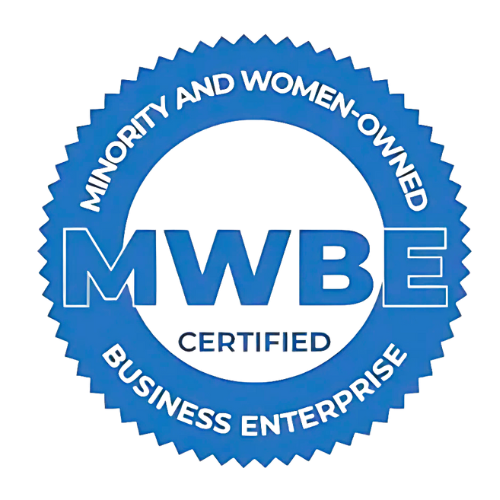Top 5 Cybersecurity Threats for Small Businesses in 2025
Protect Your Business from the Most Common and Costly Cyber Risks
As technology continues to evolve, so do the threats that put businesses at risk. For small businesses, cybersecurity is not just an IT concern but a critical part of safeguarding their reputation, financial stability, and customer trust. With cyber attacks becoming more sophisticated, it’s essential to stay informed about the latest threats. Here are the top 5 cybersecurity risks small businesses should watch out for in 2025.
1. Phishing Attacks
Phishing attacks remain one of the most common and successful methods used by cybercriminals. These attacks typically come in the form of fake emails, messages, or websites designed to trick employees into revealing sensitive information such as login credentials or financial details.
Phishing attempts often appear legitimate, mimicking trusted sources like suppliers or colleagues. These deceptive communications may pressure recipients into acting quickly or sharing confidential data, making it easy to fall victim to the scam.
Solution:
Educate employees on how to recognize phishing attempts by looking out for misspellings, suspicious email addresses, and urgent language. Encouraging caution with any unsolicited requests for sensitive information is key. Implementing multi-factor authentication (MFA) can also add an additional layer of security to prevent unauthorized access.
2. Ransomware
Ransomware attacks involve malicious software that locks a company’s data or systems until a ransom is paid. In 2025, these attacks are becoming more targeted, with hackers increasingly demanding higher payouts from businesses of all sizes.
Ransomware can paralyze operations, affecting everything from customer data to internal processes. In many cases, businesses are left with a difficult decision: pay the ransom or lose access to vital data.
Solution:
Regularly back up important data and store it offline or in a secure cloud service. This ensures that if an attack occurs, your business can restore its operations without the need to pay the ransom. Keeping all software updated and patched is also crucial to close any vulnerabilities that may be exploited by attackers.
3. Insider Threats
Insider threats come from employees, contractors, or anyone within the organization who has access to sensitive data. These threats can be either malicious or accidental, but they can cause just as much damage as external attacks, compromising both security and business operations.
To minimize the risk, it's important to control and limit access to sensitive information based on specific job roles and responsibilities. Regularly monitoring employee activity can help detect any unusual behavior that could signal a potential threat.
Solution:
Implement clear data access policies and provide regular security awareness training to employees. Training helps reduce the likelihood of accidental breaches and ensures employees understand the importance of safeguarding company data.
4. Business Email Compromise (BEC)
Business Email Compromise (BEC) is a form of cybercrime in which hackers impersonate executives, vendors, or employees to initiate fraudulent financial transactions. The goal is to trick employees into transferring money or sensitive data, often with devastating financial consequences.
Solution:
Verify wire transfer requests or other sensitive actions through multiple channels, such as phone calls or in-person confirmations. Providing employees with training on how to spot and handle BEC scams is essential to minimizing the risk of these attacks.
5. Weak Passwords and Credential Stuffing
Many small businesses still use weak or reused passwords, which makes it easier for hackers to gain unauthorized access. Additionally, hackers often use credential stuffing, attempting to use large volumes of stolen usernames and passwords across multiple websites to breach accounts.
Solution:
Encourage employees to use strong, unique passwords for each account, and consider implementing a password manager to securely manage credentials. Enforcing multi-factor authentication (MFA) across all accounts adds an extra layer of protection, reducing the risk of unauthorized access.
Conclusion
Cybersecurity is a growing concern for small businesses in 2025. By understanding and preparing for these common threats, you can take the necessary steps to protect your business from costly attacks. Regular employee training, strong security protocols, and continuous monitoring are essential to maintaining a secure business environment.
Don’t wait until an attack happens—take action today to safeguard your business and customers from the top cybersecurity threats of 2025.





